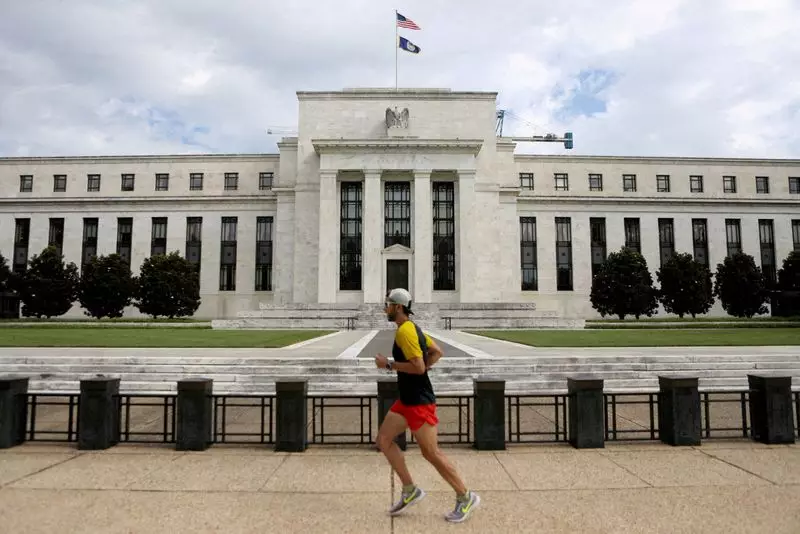The Federal Reserve plays a crucial role in influencing the economy’s momentum through its holdings of mortgage bonds. According to a recent academic paper presented at a central bank research conference, the Fed’s use of increases and contractions in its holdings of Treasury and mortgage bonds is a key component of its monetary policy arsenal. These actions, collectively known as quantitative easing (QE), are aimed at influencing the economy’s momentum through various channels.
The Fed’s purchases of Treasury and mortgage bonds have seen a significant increase since the spring of 2020. This has led to a substantial rise in central bank holdings, with total assets doubling to around $9 trillion by the summer of 2022. Of particular note is the increase in Fed holdings of mortgage bonds, which surged from $1.4 trillion to $2.7 trillion during the same period. Given the importance of housing financing factors in the U.S. economy, these mortgage purchases have significant implications for the overall health of the economy.
While the Fed’s asset purchases have been a subject of debate among economists and central bankers, a recent paper sheds some light on their effects. According to the paper presented at the Kansas City Fed’s annual Jackson Hole conference, both banks and the Fed played a significant role in reducing mortgage spreads by around 40 basis points during 2020/21. This reduction in spreads led to a substantial increase in mortgage originations, totaling approximately $3 trillion, with net mortgage bond issuance of about $1 trillion. The paper’s authors attributed about half of this increase to banks.
The effects of the Fed’s mortgage bond purchases had a considerable impact on consumer spending and residential investment, according to the paper. The rise in mortgage originations and bond issuances catalyzed by the Fed’s actions contributed to a boost in economic activity, underscoring the central role these holdings play in shaping monetary policy effectiveness.
As the Fed unwinds its asset holdings through a process known as quantitative tightening (QT), the impacts on the economy are evolving. The Fed has already reduced its total holdings to $7.3 trillion, with mortgage holdings now standing at $2.3 trillion. The QT process, which involves allowing bonds to mature without replacement, has been occurring alongside a series of rate hikes by the Fed.
However, the sluggish housing market and high borrowing costs have impeded the Fed’s ability to reduce its mortgage bond holdings at the desired pace. This has led to speculation that the Fed may need to resort to active sales of mortgage bonds in the future to achieve its goal of primarily holding Treasury bonds. The future trajectory of QT remains uncertain, with ongoing debates about when and how the process will ultimately conclude.
The Federal Reserve’s holdings of mortgage bonds play a critical role in shaping the effectiveness of monetary policy. As the Fed navigates the complexities of asset purchases and quantitative tightening, the impacts on the economy’s momentum will continue to be closely monitored and analyzed by policymakers and economists alike.

